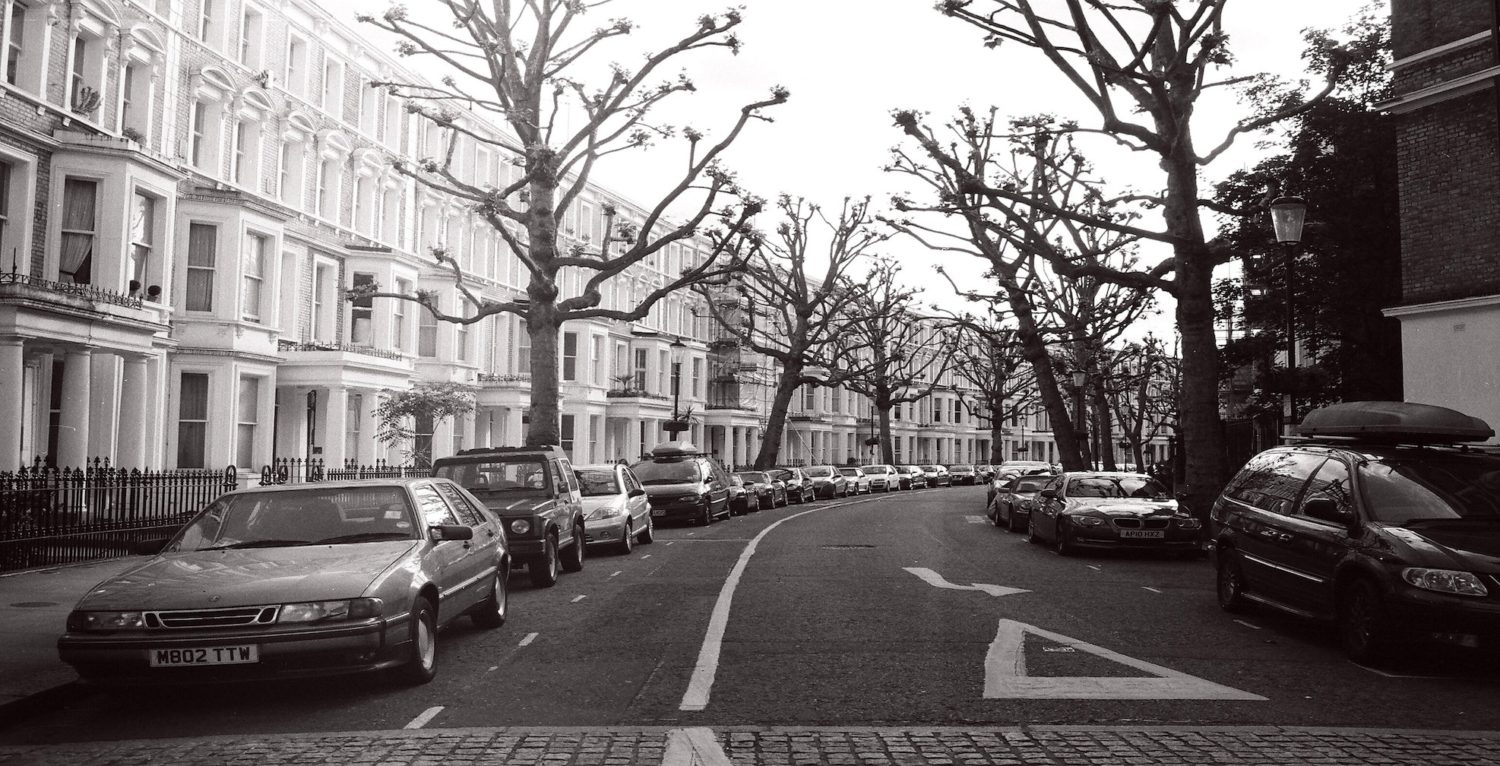A numbers game
The capital has a housing emergency. Christopher Worrall looks into possible solutions.
London’s population is anticipated to be 1 million people higher than it was a decade ago. A figure that today exceeds almost 9 million people. Over a similar period, the economic powerhouse that is London added 1.2 million jobs to its name. Yet, despite all this emphatic growth, the capital has only been able to deliver a meagre 300,000 new homes. Incredibly this shows the capital has added almost four times the number of jobs than it has houses.
The result? Huge pressures across the whole housing market and exploding local authority waiting lists for those most in need. Recent studies show 270,823 people are languishing on the social housing waiting list according to MyLondon. It now also includes Hackney, whose waiting list consists of 12,000 people, bringing this total to over 282,823. Yet these figures still exclude Barnet, Merton, and the City of London. A report by Shelter estimated in 2019 more than 170,000 people were homeless or hidden homeless in temporary accommodation arranged by their council, in 2019.
But this is just the tip of the iceberg. Pandemic support measures are now being wound down by the government that are expected to have a devastating impact. In September 2021 London boroughs saw demand for hardship payments increase by 368 per cent. It comes came as Londoners are hit by price rises, the end of furlough for over 4 million people in the capital, and benefit cuts. This is fast becoming a problem of epic proportion.
A recent report by the Local Government Association, the Association of Retained Council Housing and the National Federation of ALMOs, anticipate social housing waiting lists to double by next year. If we apply this to London, we could see over 500,000 on the waiting list. Unsurprising when we know there are 567,100 low-paid workers living below the real living wage struggling to make ends meet.
The Labour mayor of London, Sadiq Khan, has recognised the need to help those on the lowest incomes with their housing costs. After all, he agreed to deliver 79,000 starts of ‘affordable homes’ between 2021 and 2026 tied to £4bn of grant funding. In August 2021, Khan agreed to fund 53 housing providers as part of the Greater London Authority (GLA) Affordable Homes Programme.
He allocated £3.46bn of the housing grant to housing associations, local authorities, and for-profit providers. But none to private sector developers. This amount is intended to cover costs for almost 29,500 homes over the next five years, majority of which due to be set at social rent levels. In total 16,739 social homes. Yet this represents only 3,348 new social homes each year. Of these, half are set to be built by local authorities. Yet Khan still needs to find a way to deliver the remaining 49,500 agreed alongside the £4bn grant funding.
This has been made harder due to concessions Khan has had to make on his housing targets. These came after pushback by the then secretary of state Robert Jenrick who required a reduction in his overall annual housing target to drop from 65,000 down to 52,287. The mayor’s strategic target is for 50 per cent of this annual figure to be ‘genuinely affordable’ based on viability evidence. In turn, meaning 26,000 per annum instead of the 32,500 he originally envisaged.
With grant funding set to provide 5,900 each year Sadiq Khan still has his work cut out, particularly given he must stretch the remaining £500m to deliver another 9,900 annually. All before he considers the 10,200 annual deficit remaining to hit target. Or to look at it another way the remaining 20,100 needed each year. At the same split of social and other ‘genuinely affordable’ levels he would need just shy of £2.4bn.
So where will the remaining funding come from? The market has been required to provide affordable housing through developer contributions obtained through Section 106 Agreements. Subject to viability, these requirements in effect mandate new development to provide a level of affordable in accordance with local planning policy.
Private developers then build out these homes and are valued in accordance with their rent regime. Local authorities and registered providers then bid to purchase these units, with payments often made through construction – assisting the developers cash flow.
But according to Dr Stanimira Milcheva, by their very nature they are inherently pro-cyclical and vulnerable to downturns. Now with construction costs on the rise, labour shortages, and government watering down planning reforms the outlook for Sadiq Khan’s could be bleak.
In 2018/19 the value of developer contributions was £7bn, of which £4.7bn relates to affordable housing contributions by way of Section 106. The latter stood at £1.1bn in London for that year alone. If adding this figure to the £500m still in the Affordable Homes Programme pot Khan has a total of £1.6bn from all available current sources.
This leaves the mayor of London £800m shy just to hit target. If £1.1bn was spent on the same split he could reasonably expect to achieve 9,271 ‘genuinely affordable homes’, of which 5,261 could be for social rent. This would bring the total number of social rented homes over the five-year period to 22,000. Or 4,400 per annum. Sadly, still miles off what is required to accommodate those most in need in the capital.
We know the capital has a severely acute housing shortage. In 2020 there were 30,548 long term empty homes (vacant over six months) in London. This equates to an incredibly low 0.8 per cent vacancy rate. Shockingly Tokyo’s long-term vacancy rate is three times higher than London’s. In Tokyo the long-term vacancy rate is 2.4 per cent, which is higher than that of Burnley at 2.1 per cent – the most affordable urban area in the country.
The London all vacancy rate, which includes normal churn, sits at around 80,295. A mere 2.2 per cent normal vacancy rate. If one thing Covid-19 has shown us is the impact increasing vacancy can have on housing costs. If we look to housing markets across Europe and the United States, the normal vacancy rate can be anywhere between 5 per cent and 8 per cent. Over double the level London sits at currently.
This means on current figures we should have at least 182,488 units vacant to achieve normal vacancy. If we added this circa 100,000 difference to make up the difference we would need to deliver another 20,000 a year. If this were to be delivered on the same mix as the existing grant regime it may require another £2.4bn. But this time each and every year.
Nevertheless, the housing target would need to be amended to target 72,000 homes, which amounts to just over 2 per cent additional housing stock per annum. This would be at least in line with expected wage growth and provide some meaningful reduction in house price volatility.
So how could Sadiq Khan fill the gap?
He has recently commissioned an independent review to see how City Hall can use its agencies to “improve and streamline” housing development in the capital. Lord Bob Kerslake will head up the review into how it can boost the supply of new affordable homes. Two things the review could look into is new ways we can fund homes for those on low incomes, as well as how we prioritise existing stock.
For example, of London’s 3.6m dwellings it is estimated around 720,000 of them are for social rent. Yet over 117,000 of them are resided in by those in the top 40 per cent of earners in the capital. This totals more than 16 per cent of current social housing stock and over 3.3 per cent of London’s entire housing stock.
Means testing all existing social tenants on income could help identify those who are in the top earners. A ‘genuinely affordable’ rent could be then applied to those top earners at no more than 30 per cent of their gross income, with the difference between the social rent and updated ‘genuinely affordable rent’ used to borrow towards costs for new housing.
Central government could also explore the use of conditional tax incentives, as successfully seen in the United States Low-Income Housing Tax Credit scheme. It utilises the sale of tax relief in exchange for equity conditional on the funds being put towards the production of new homes. Conditions include the rent level that is set, often linked to a percentage of Area Median Income.
The tax credit system in the United States is a tool that also incentivises private owner operators of new and existing rental properties requiring rehabilitation to cap rents at such levels. Enabled through reducing the amount of debt they must borrow. It is also a scheme that is means tested annually, with those breaching income requirements set out in the conditions having to turn to the private market.
What this means is that in a city that is toughest for those at the bottom, we can prioritise those most in need. Scarce resources need not be wasted on top earners. Meanwhile more working families can have a safe, secure, permanent home suitable to bring up children. These changes would only require basic incremental changes to the tax code, housing regulations, and an update to the London Plan. Now all that is needed is for Kerslake’s commission to investigate them and to declare the capital has a housing emergency.

